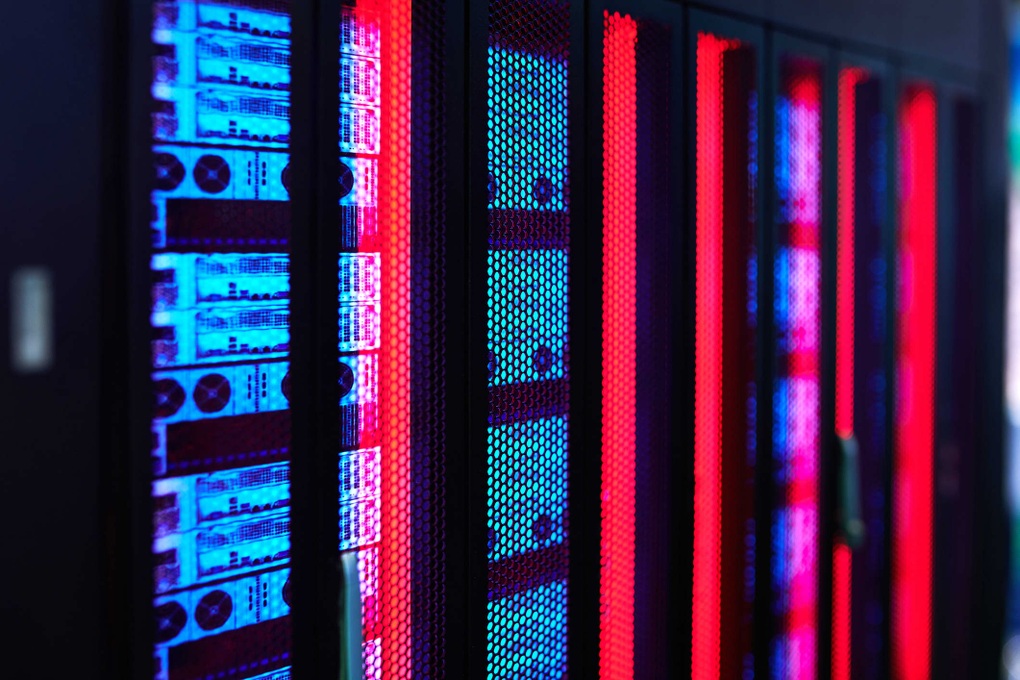
Data centers are consuming huge amounts of energy (Photo: CNBC).
That is energy and natural resources.
A clear illustration of this dilemma is evident in the Malaysian state of Johor, which has quietly emerged as one of Southeast Asia’s fastest-growing data centers.
Located at the southern tip of Malaysia, the state of Johor with a population of 4 million has become a magnet for billions of dollars in investment in data centers.
Tech giants like Google, Microsoft and ByteDance have all landed, attracted by cheap land and resources, a strategic location near Singapore's financial hub and preferential government policies.
This wave of investment has brought undeniable jobs and economic opportunities.
Behind that meteoric growth, however, are alarming signs that the industry is pushing the state's energy and resource limits to breaking point.
Thirst for energy and water
While Johor's current data center capacity is around 580 megawatts (MW), the total projected capacity in the future could be nearly ten times that figure, according to market research firm DC Byte.
To put that into perspective, this amount of electricity is enough to power 5.7 million homes every hour.
On a national scale, the picture is even more worrying. Investment bank Kenanga Berhad predicts that by 2035, data centers in Malaysia will account for 20% of the country’s total power generation capacity.
To meet this demand, Malaysia plans to add 6 to 8 gigawatts of gas-fired power.
Although considered cleaner than coal, gas is still a fossil fuel, and reliance on it could hamper the country's goal of reaching net-zero emissions by 2050.
The challenge isn't just about energy. Water, vital for cooling millions of servers and preventing overheating, is also being consumed at a rapid rate.
An average 100MW data center is estimated to “drink” around 4.2 million litres of water per day – the equivalent of the water used by thousands of people. This puts enormous pressure on Johor, an area that already faces supply disruptions and relies partly on treated water from Singapore.
Global issues
Johor’s story is just one piece of a larger global puzzle. Data centers are the backbone of the digital world , and the explosion of artificial intelligence has pushed demand for them to unprecedented heights.
The International Monetary Fund (IMF) reports that in 2023 alone, the amount of electricity consumed by global data centers will be equal to that of Germany and France combined.
Some researchers estimate that by 2027, AI infrastructure could consume four to six times more water than the entire country of Denmark.
Countries are responding to this pressure with mixed reactions. In the United States, the world’s largest data center market, the government is looking to streamline licensing and ease environmental regulations to accelerate the buildout of AI infrastructure.
Meanwhile, Southeast Asian countries are more cautious.
In 2019, Singapore imposed a three-year moratorium on new data centers to curb electricity and water use, a move that inadvertently spurred the industry to shift to Johor. Now it’s Malaysia’s turn to rein it in.
Finding sustainable solutions
The Malaysian government is trying to find a balance. The launch of the “Sustainable Data Center Framework” in October is an important step.
Renewable energy projects are being pushed forward and the potential of nuclear power is also being considered. On the water front, the government has imposed higher water tariffs for data centers and encouraged the industry to switch to recycled wastewater.
However, as countries tighten regulations, the industry may again move to less regulated markets, creating an urgent need for global standards and laws.
According to expert Jonathan Koomey, a leading researcher on the impact of technology on the environment: "We absolutely have the right to choose how to use AI and whether or not we are determined to pursue the goal of protecting the environment."
He said AI companies have no reason not to use clean energy for their data centers and cannot use the "urgent need to develop AI" as an excuse to sacrifice climate goals.
The AI revolution is reshaping the future, but the cost to the planet demands wise and responsible choices now.
Source: https://dantri.com.vn/cong-nghe/trung-tam-du-lieu-am-tham-vat-lon-voi-chi-phi-khong-lo-tu-ai-20250818123105847.htm





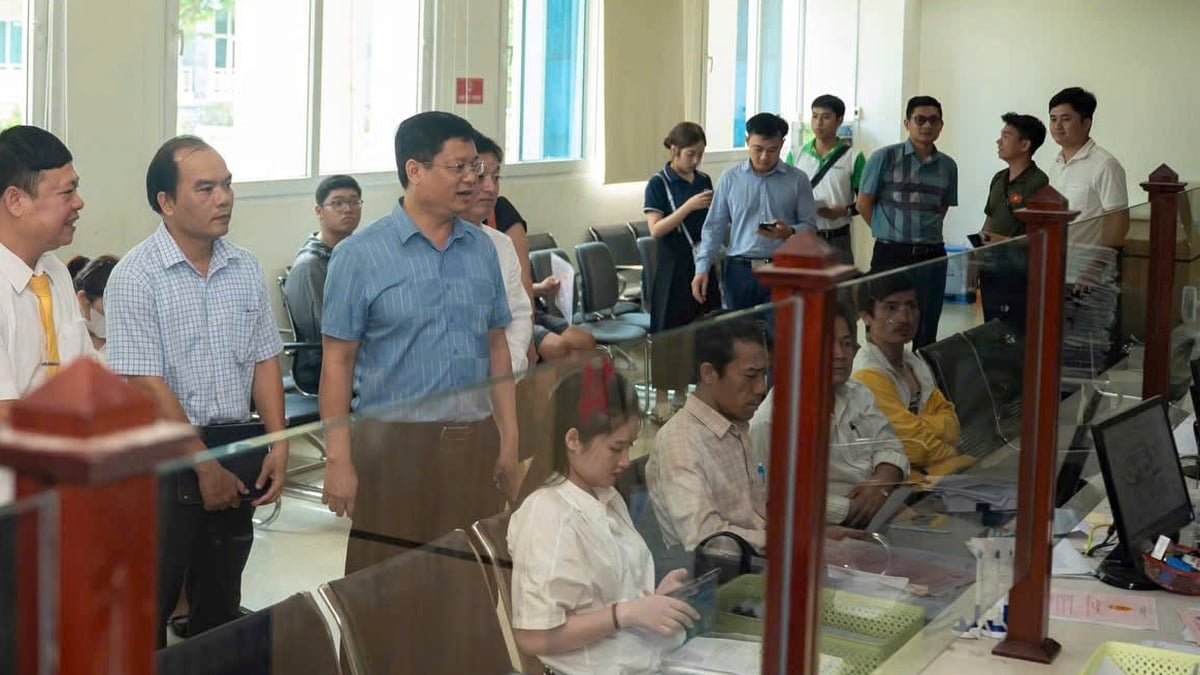
















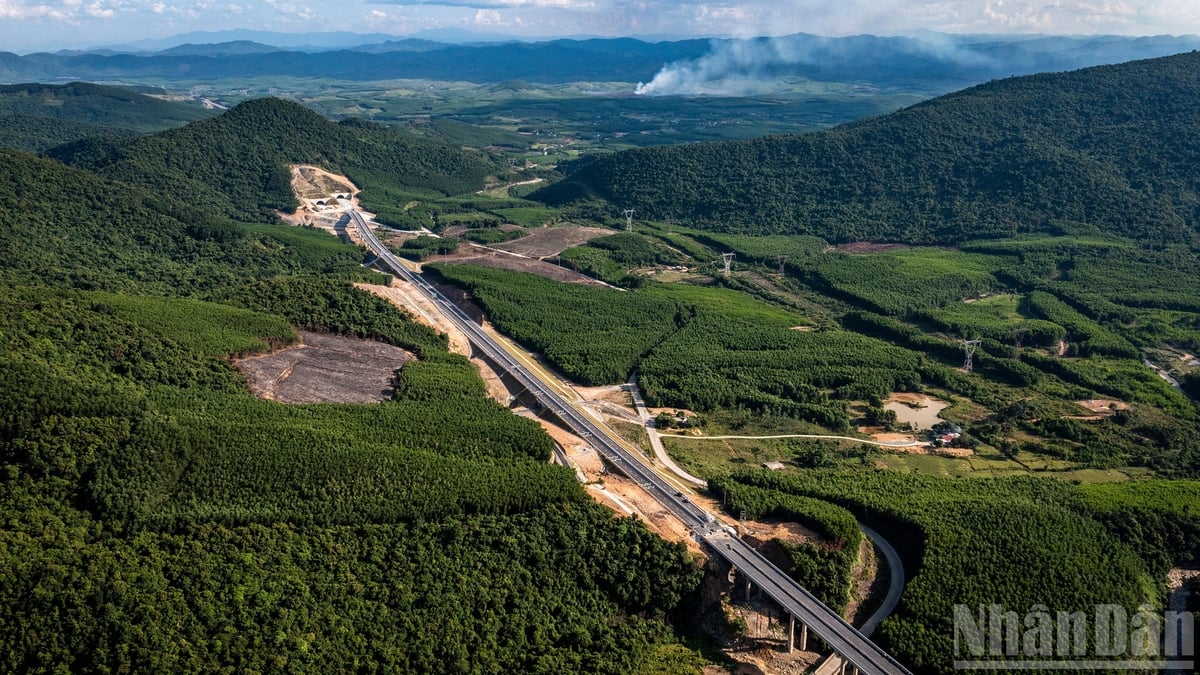


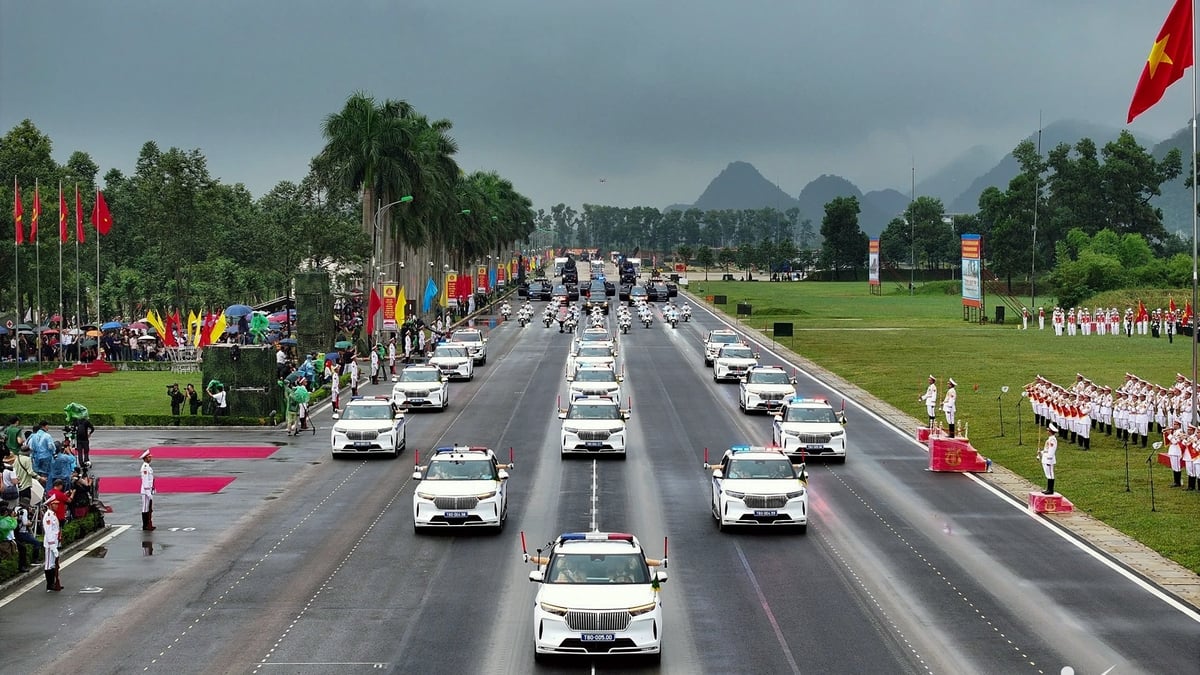

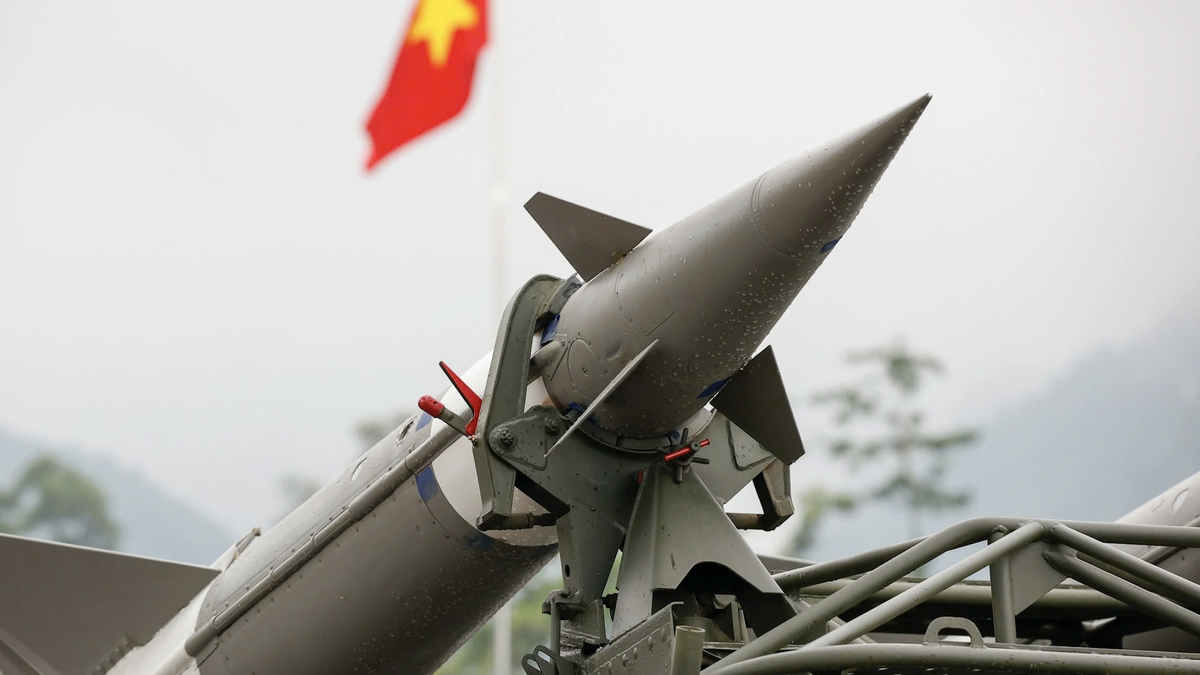




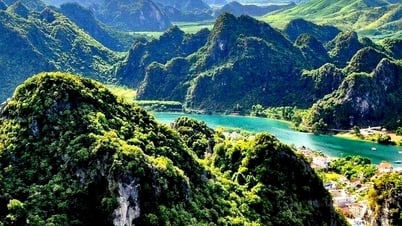







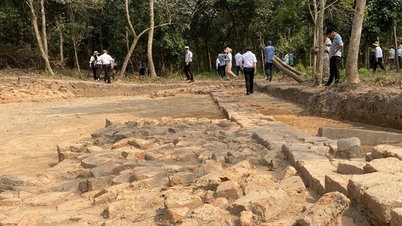

















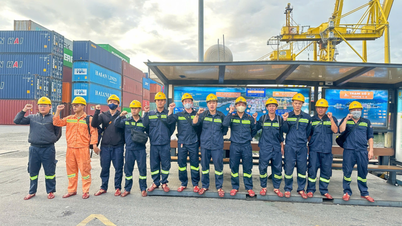
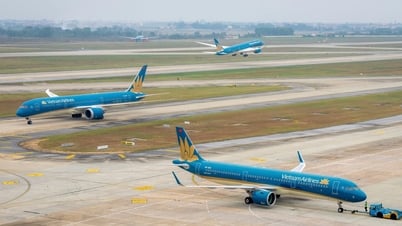
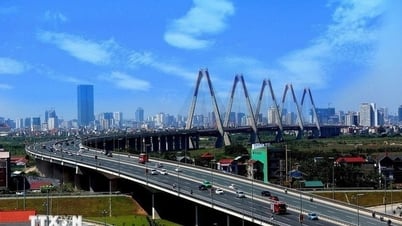















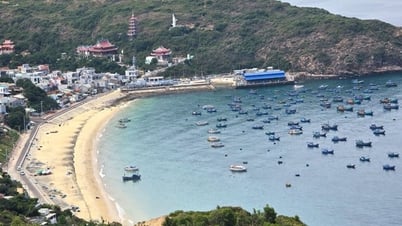
























Comment (0)